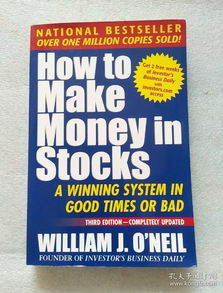Understanding the Economic Landscape of Medieval Dynasty

Embarking on a journey to make a fortune in the medieval era of Dynasty can be an exciting endeavor. The medieval period, characterized by its feudal systems and agrarian economies, offers numerous opportunities for wealth accumulation. In this article, we will delve into various strategies and ventures that could potentially lead to substantial wealth during this time.
1. Agriculture: The Cornerstone of Wealth

Agriculture was the backbone of the medieval economy. To amass wealth, you would need to focus on maximizing agricultural productivity. This could involve:
-
Improving crop yields through better farming techniques, such as crop rotation and the use of fertilizers.
-
Expanding your landholdings by acquiring more fertile land or leasing land from others.
-
Investing in livestock, which could provide both food and income through dairy, wool, and meat production.
2. Trade and Commerce

Trade and commerce played a significant role in the medieval economy. To capitalize on this, consider the following:
-
Establishing a network of trade routes to transport goods between regions.
-
Opening a market stall or shop in a bustling town to sell goods such as textiles, spices, or luxury items.
-
Investing in a merchant guild to gain access to exclusive trade rights and resources.
3. Mining and Resource Extraction
Medieval societies often had access to valuable resources such as gold, silver, and timber. To exploit these resources:
-
Invest in mining operations to extract precious metals and stones.
-
Set up timber yards to harvest and process wood for construction and shipbuilding.
-
Develop a network of suppliers and distributors to ensure a steady flow of resources.
4. Feudal Lordship and Land Ownership
Becoming a feudal lord or acquiring extensive landholdings could provide substantial wealth. Here’s how:
-
Seek an appointment as a vassal to a powerful lord, who would grant you land and protection in exchange for military service.
-
Expand your landholdings through marriage alliances, inheritance, or purchasing land from other lords.
-
Collect taxes and tribute from your tenants and serfs, who worked the land you owned.
5. Artisanry and Craftsmanship
Artisanry and craftsmanship were highly valued in medieval society. To succeed in this field:
-
Learn a trade or craft, such as blacksmithing, carpentry, or weaving.
-
Set up a workshop or studio to produce high-quality goods.
-
Build a reputation for excellence and attract customers from far and wide.
6. Investing in Real Estate
Real estate could be a lucrative investment in the medieval era. Consider:
-
Purchasing land in growing towns and cities to capitalize on rising property values.
-
Developing land into residential, commercial, or industrial properties.
-
Leasing properties to tenants or renting them out for events, such as fairs and markets.
7. Leveraging Political Influence
Political influence could open doors to wealth and power. To achieve this:
-
Join a political party or become a member of the nobility.
-
Secure a position in the government or a royal court.
-
Use your influence to gain access to exclusive contracts, grants, and privileges.
8. Investing in Education and Knowledge
Knowledge was a valuable commodity in the medieval era. To benefit from this:
-
Invest in your education and learn as much as possible about various subjects.
-
Support the establishment of schools and universities to foster a culture of learning.
<



